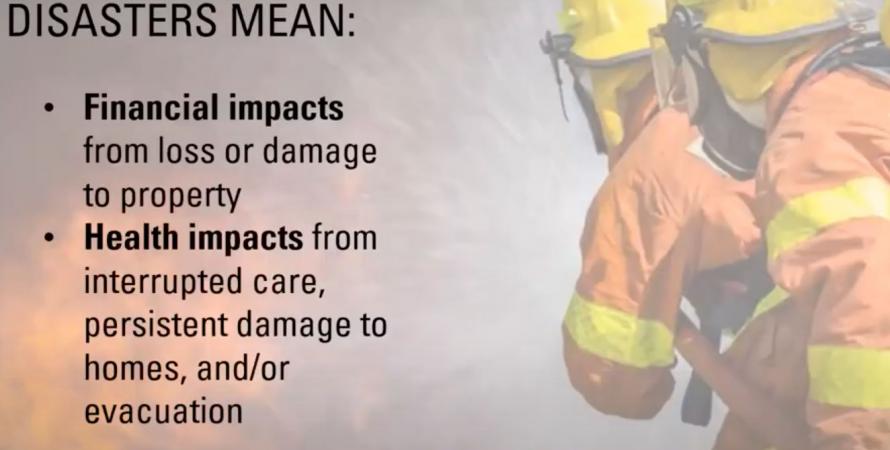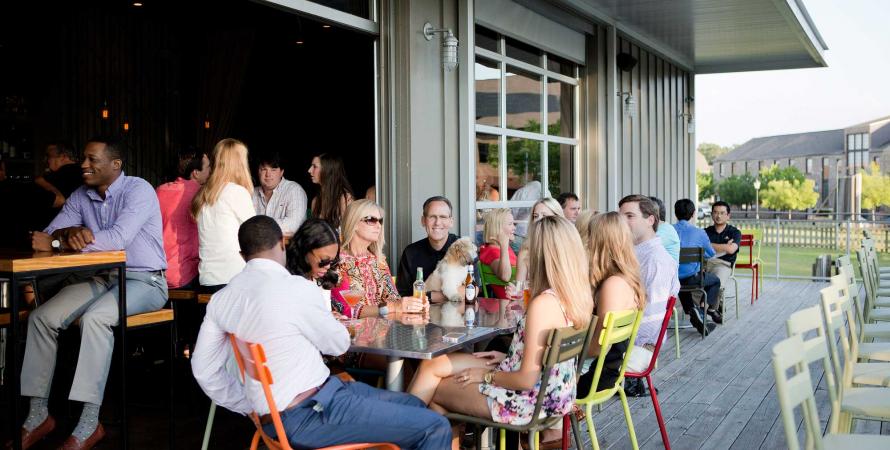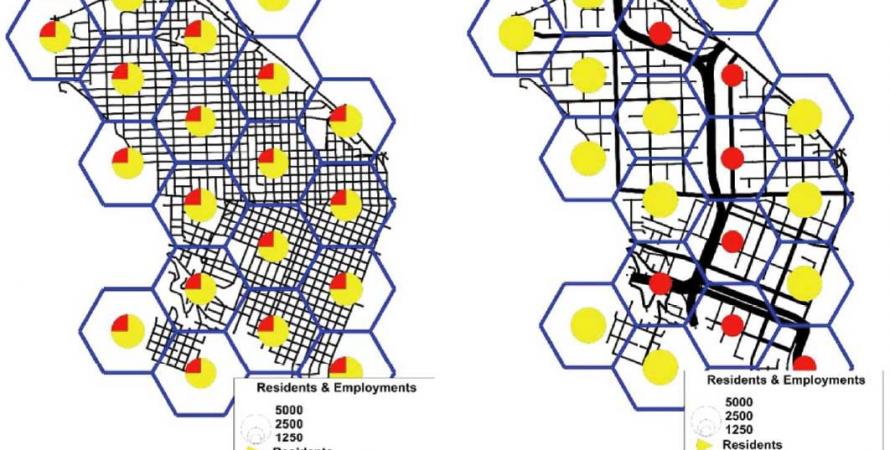-

Planning for climate change and aging
Older Americans are the most vulnerable population in a natural disaster and provide the key to making communities more resilient for everyone, argues Danielle Arigoni, author of Climate Resilience for an Aging Nation.Danielle Arigoni discusses her new book on how communities with aging populations can prepare for climate change on On the Park Bench . Climate Resilience for an Aging Nation argues that older adults should be the lens through which we view resilient communities. When we plan for those most...Read more -

Insights from the 2024 Charter Awards jury chair
Matthew Bell is the 2024 Charter Awards jury chair. A focus of this year’s jury will be on walkable mixed-use urbanism and high-quality design.Note: I sat down with 2024 Charter Awards Jury Chair Matthew Bell to discuss his New Urbanist background and experience with CNU’s Charter Awards. The conversation has been edited for clarity. Learn more about the 2024 Charter Awards application here . Matthew Bell came to New Urbanism from an...Read more -

Community fosters social life through civic design
A new town in Alabama is a model for how community planning and institutions can connect people.Healthy communities need formal and informal civic sites and institutions that promote social interaction for humans to thrive, argues Seth Kaplan in his recently published book Fragile Neighborhoods . Physical design that includes town centers and gathering spaces helps meet that need...Read more -

Connected streets are needed to support mixed-use, study reports
A study looks at hierarchical and interconnected street networks, concluding that you can't have effective mixed-use without street grids, which provide many benefits.Nearly all local land-use comprehensive plans nowadays call for mixed-use and walkability, but they often lack specific instructions on streets to enable those outcomes. A study in the Journal of Geotechnical and Transportation Engineering claims that well-connected street networks—e.g., street...Read more